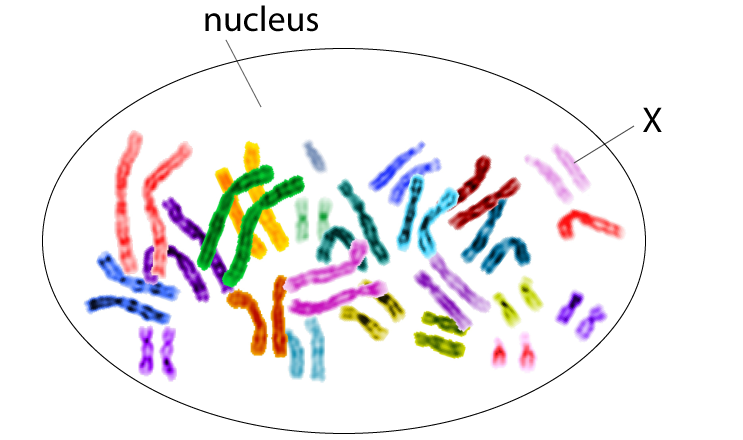Q1-3: These questions are about traits - like the colour of your eyes - which can be passed from parent to offspring. |
 |
|
1. Which of these is not a trait that can be passed genetically from parent to offspring ?
|
||
2. Which of these sentences is correct?
|
||
3. Where do traits like eye color and hair colour come from?
|
||
| Q4-7: Eva is interested in genetics in her class, and does a quick survey of 10 other students. She finds that 4 of them have blue (or blue/green) eyes, and the other 6 have brown eyes. 5 of them are boys, and 5 are girls. |
||
4. What percentage of the 10 students had brown eyes? |
||
5. A trait like gender (male or female) that can only take a few values is called a ..
|
||
| 6. Eva is completing a report. She is trying to decide which chart to draw to show eye colour. She is choosing from bar charts, pie charts or line graphs. |  |
|
Which of thses would be suitable to show her results for eye colour?
|
||
7. Eva wants to do a survey in her class and look at a continuous variable next. Which of these is NOT a continuous variable?
|
||
| Q8-10: These questions are about the structures inside cells that pass on genetic information. | ||
|
8. The genetic information passed from parent to offspring has been found to be contained in the nucleus of cells, in long filament structures, as shown in this diagram. |
 (Not too scale, false colour used) |
|
These structures labelled X are called..
|
||
9. Which of these sentences best describes 'DNA'?
|
||
10. A small section of DNA that can determine a trait is called a ..
|
||